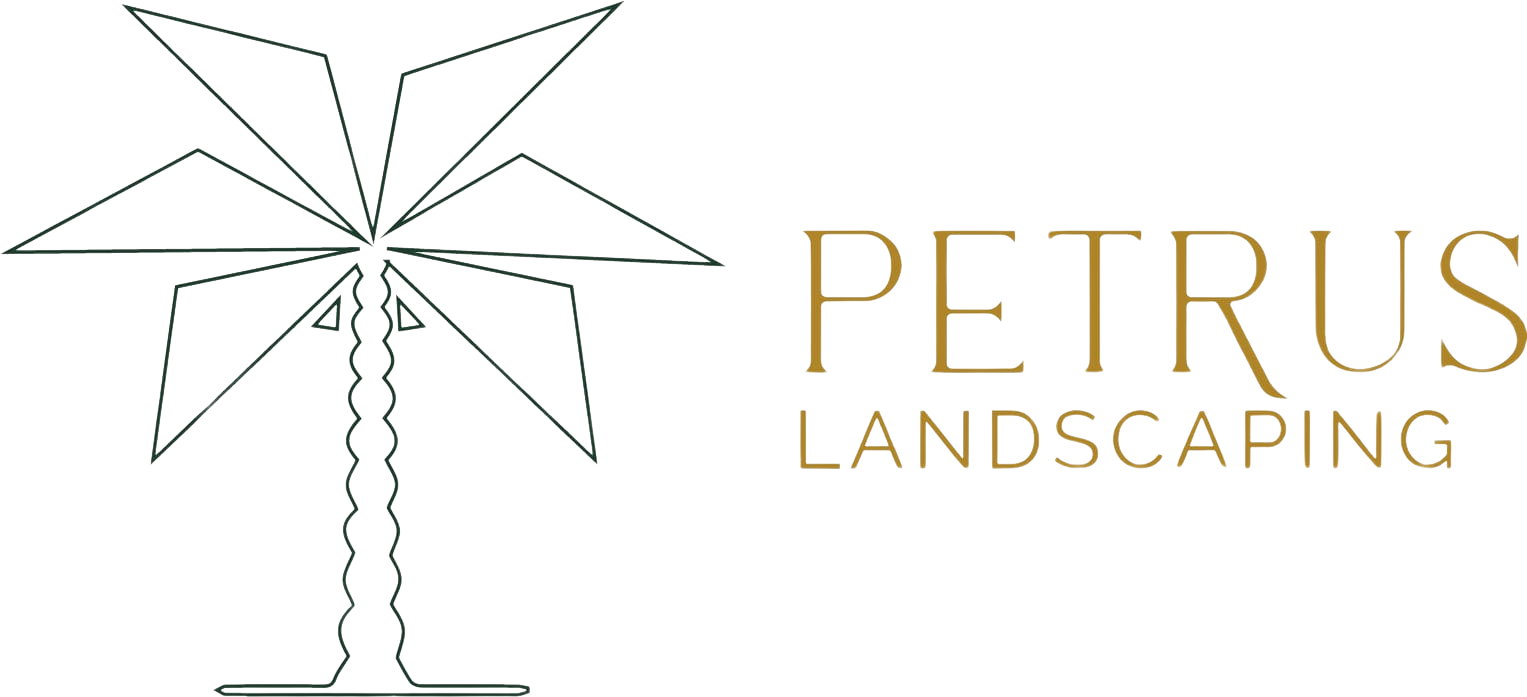If you live in the California Bay Area, you’ve likely encountered the same soil challenge that homeowners, gardeners, and even professional landscapers experience every day: clay soil. It’s dense, heavy, slow-draining, and quick to compact—yet it dominates much of the region’s geography, from the South Bay to the Peninsula to the East Bay hills.
Clay soil can be frustrating, especially if you’re dreaming of lush garden beds, vibrant flowers, or thriving perennials. But with the right strategies, clay soil can be transformed into a nutrient-rich foundation for healthy, long-lasting landscapes.
At Petrus Landscape, we work with Bay Area clay soil on almost every project—whether we’re building estate landscapes, redesigning home gardens, or installing new planting beds. Over the years, we’ve developed soil improvement methods that not only work—but create long-term results that support healthier plants and more resilient luxury landscapes.
This guide walks you through what makes Bay Area clay soil so challenging and exactly how to improve it using simple, proven soil amendments.
Why Clay Soil Is So Common in the Bay Area
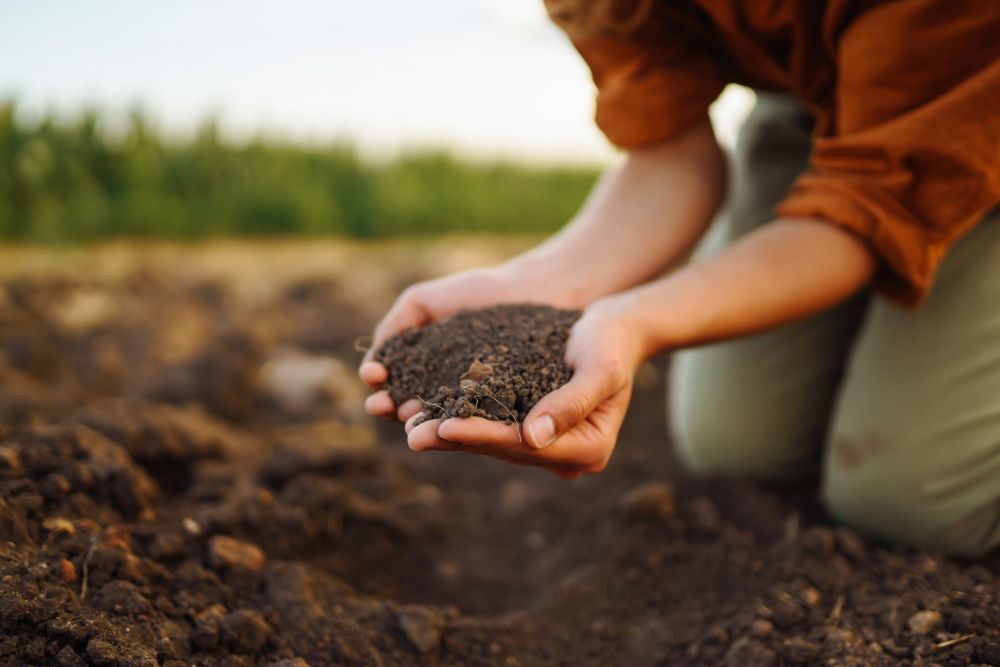
The Bay Area’s unique geology, combined with decades of sediment compression, has produced vast regions of dense clay. While clay soil has some advantages (like being naturally rich in minerals), the challenges usually outweigh the benefits.
Common issues with Bay Area clay soil:
Poor drainage
Waterlogged roots
Soil compaction
Difficulty for roots to penetrate
Crusting on the surface
Slow warming in spring
Prone to erosion when dry
These issues make clay soil especially unfriendly for flowers, tender perennials, and many non-native plants commonly used in garden design.
The good news? With the right amendments, even the toughest clay soil can become workable, fertile, and plant-friendly.
The #1 Clay Soil Fix: Add Compost—And Lots of It
When it comes to improving clay soil, compost is the foundation of everything.
Here in the Bay Area, adding compost is not just helpful—it’s essential. And not just a thin layer. Clay soil needs consistent, repeated applications of compost to break down over time.
How compost helps clay soil:
Introduces beneficial bacteria and microorganisms
Increases air pockets within the soil
Improves drainage
Softens dense clay structure
Enhances nutrient availability
Supports healthier root development
The microorganisms in compost are especially important. They work slowly and steadily, breaking apart clay particles and transforming them from hard-packed clods into rich, crumbly, plant-friendly soil.
At Petrus Landscape, many of our installations begin with adding several inches of high-quality compost, then blending it deeply into the soil—sometimes 8–12 inches down.
It’s one of the most effective long-term strategies for improving the performance of planting beds.
Earthworm Castings: A Powerful, Underused Amendment
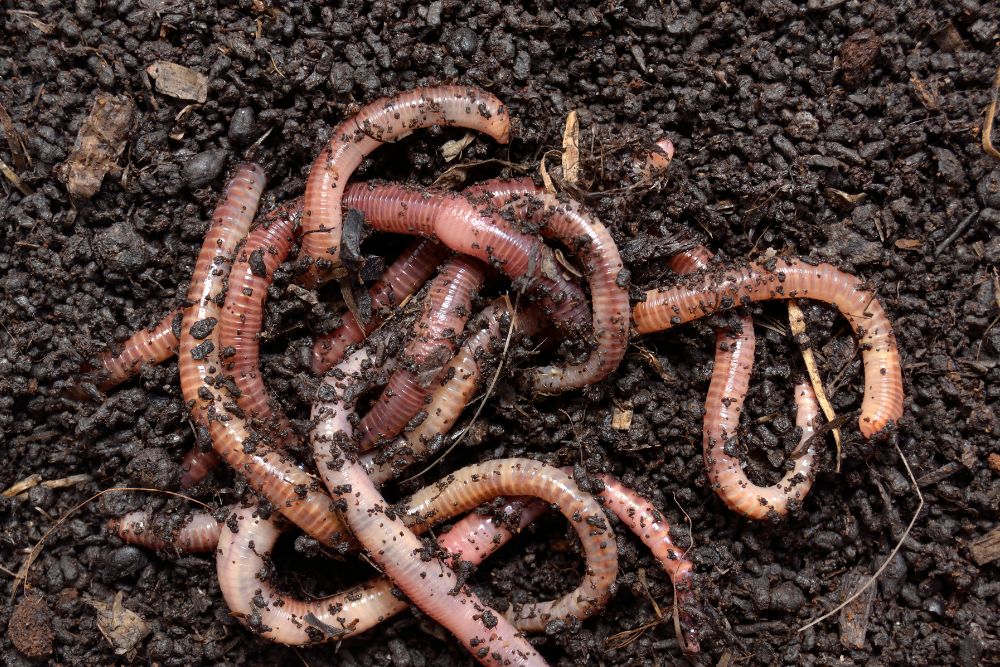
While compost is the foundation, one amendment stands out for its transformative power: earthworm castings.
Earthworm castings (worm manure) may sound simple, but they make a remarkable impact on clay soil structure.
Why earthworm castings work so well:
They introduce incredibly beneficial microorganisms
They aerate dense soil
They increase moisture retention while still improving drainage
They loosen compacted clay over time
They add gentle, natural nutrients
They encourage earthworms to naturally populate your soil
Earthworms themselves are soil architects, tunneling through clay and creating channels that allow roots, oxygen, and water to move freely.
When we incorporate earthworm castings into clay-heavy planting beds, we often see noticeable improvements in soil softness and workability within a single season. Over time, the soil becomes significantly easier to plant in and much more supportive of root development.
Native Trees Are Naturally Clay-Tolerant
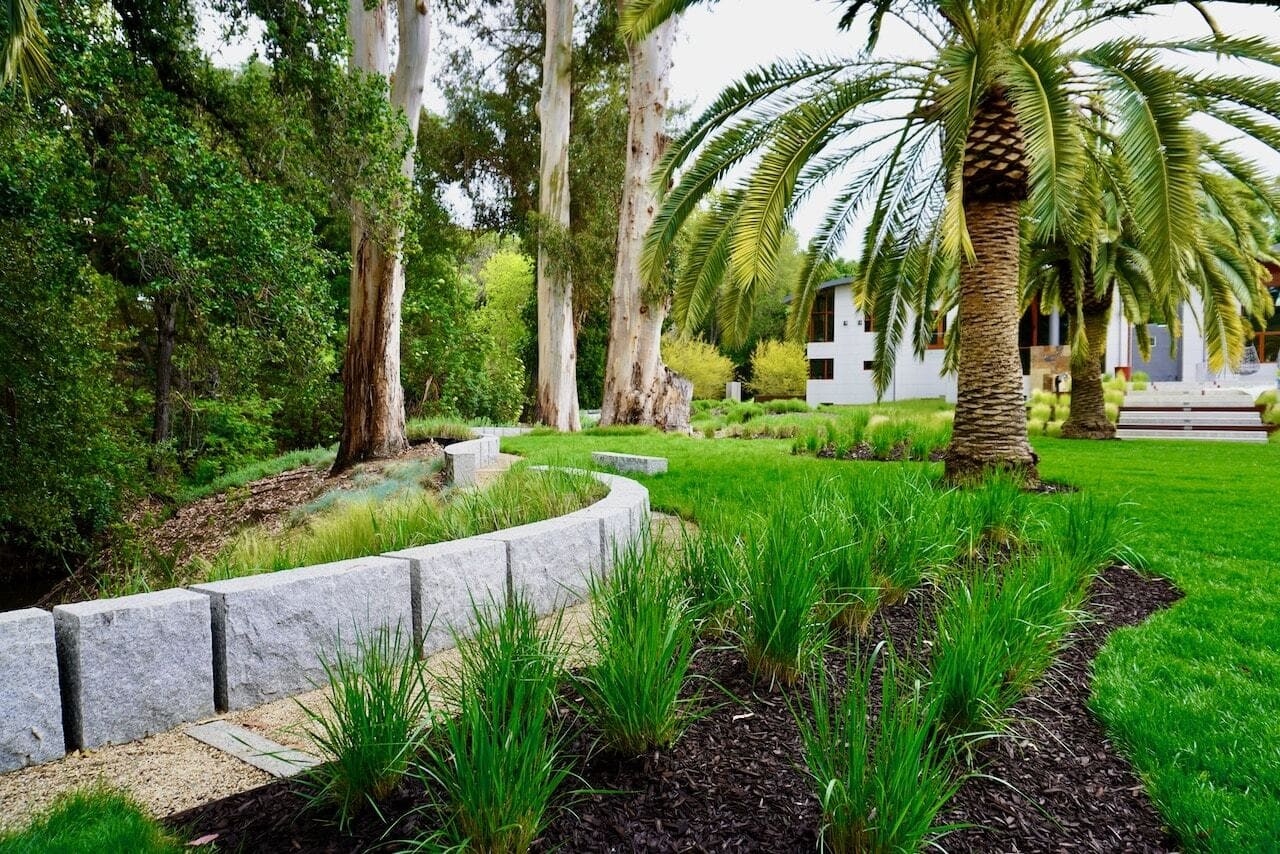
Not all plants struggle in clay soil. In fact, many native California trees are adapted to the region’s natural soil and perform extremely well without extensive soil amendment during planting.
Clay-tolerant native trees include:
Coast Live Oak
Valley Oak
California Sycamore
Madrone
Toyon
Western Redbud
These trees evolved in clay soil conditions and have root systems designed to handle dense, slow-draining environments.
However, while natives adapt easily, most homeowners also want vibrant flower beds, ornamental plants, vegetable gardens, and seasonal color—and that’s where soil improvement becomes essential.
Why Flowers and Small Perennials Need Better Soil
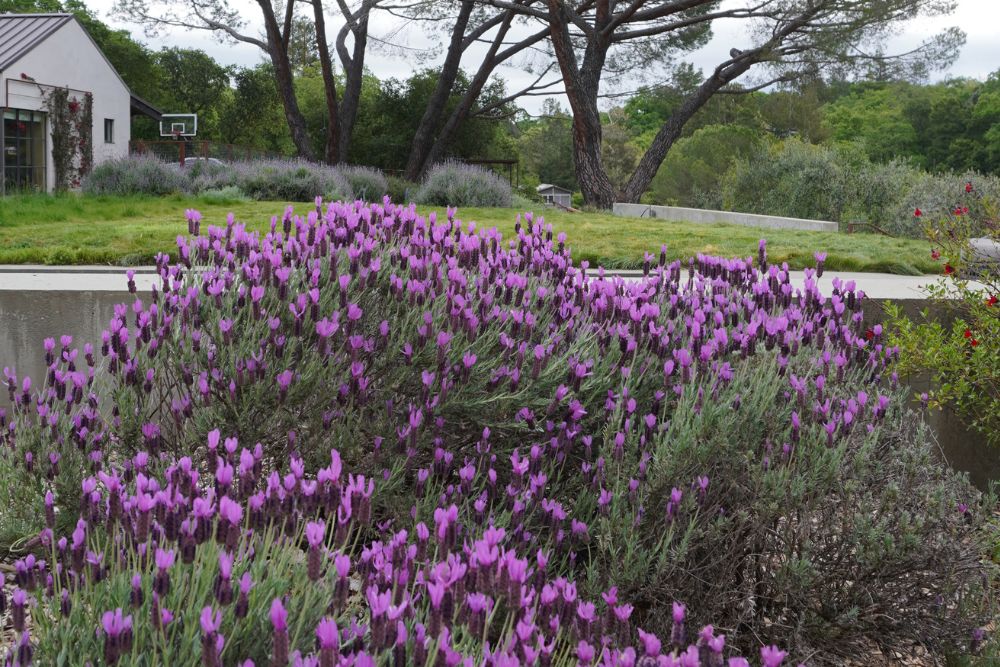
Flowers and perennials—especially the varieties commonly used in Bay Area luxury landscape design—are much less tolerant of clay soil than native trees.
Popular plants like salvias, lavenders, daisies, ornamental grasses, hydrangeas, and seasonal annuals require loose, well-draining soil to thrive. Clay soil suffocates their root systems and limits their ability to take up water and oxygen.
That’s why, if you’re planning a flower bed, pollinator garden, border planting, or perennial bed, soil amendment is not optional—it’s critical.
For flower beds & perennials, the formula is simple:
Add compost (as much as possible)
Add earthworm castings
Add organic matter regularly
Avoid compacting the soil
Mulch to protect moisture levels
This approach transforms clay soil into a living, breathable root environment where plants can actually flourish instead of merely surviving.
How Petrus Landscape Improves Clay Soil in Bay Area Landscape Projects
On nearly every landscape installation, we follow a step-by-step process to engineer healthy, long-lasting soil for our clients.
1. Soil Assessment
We begin by determining the soil structure, pH level, and compaction so we can customize the amendment process.
2. Deep Compost Integration
Instead of adding compost on the surface, we blend compost into the soil up to 12 inches deep for lasting improvement.
3. Earthworm Castings for Biological Boost
We integrate worm castings for microbial life, nutrient enhancement, and long-term soil structure benefits.
4. Avoiding Tilling When Harmful
In some zones, we avoid over-tilling to protect beneficial fungal networks.
5. Mulch for Moisture Balance
We top the beds with organic mulch to help retain moisture and prevent clay soil from forming a crust.
6. Tailored Plant Selection
We help clients choose plants that will thrive in newly improved soil, ensuring reliability and longevity.
Our aim is to create planting beds that don’t just look beautiful on installation day—but continue to thrive year after year.
Long-Term Strategy: Maintain Improvements Over Time
Clay soil improvement isn’t a one-time process. It takes consistent reinforcement for the soil structure to permanently change.
To maintain soil health:
Add compost at least twice a year
Mulch annually
Avoid walking on or compacting beds
Add worm castings every spring
Keep soil biologically active with regular amendments
The more organic matter you add over time, the richer and easier your clay soil becomes.
Clay Soil Doesn’t Have to Limit Your Landscape
Bay Area clay soil may be challenging, but it’s far from hopeless. With the right approach—and especially with compost and earthworm castings—your soil can transform into a thriving foundation that supports beautiful, resilient landscapes.
Whether you’re building a brand-new garden or refreshing older planting beds, improving your soil is the best long-term investment you can make.
For homeowners who want expert help transforming clay-heavy yards into vibrant, healthy landscapes, Petrus Landscape is proud to bring decades of experience and soil knowledge to every Bay Area project.
